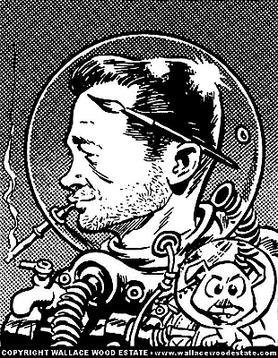
Wallace Allan Wood was an American comic book writer, artist and independent publisher, widely known for his work on EC Comics's titles such as Weird Science, Weird Fantasy, and MAD Magazine from its inception in 1952 until 1964, as well as for T.H.U.N.D.E.R. Agents, and work for Warren Publishing's Creepy. He drew a few early issues of Marvel's Daredevil and established the title character's distinctive red costume. Wood created and owned the long-running characters Sally Forth and Cannon.
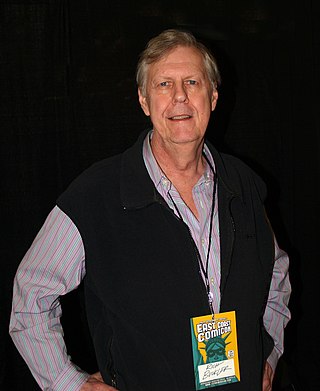
Rich Buckler was an American comics artist and penciller, best known for his work on Marvel Comics' Fantastic Four in the mid-1970s and for creating the character Deathlok in Astonishing Tales #25. Buckler drew virtually every major character at Marvel and DC, often as a cover artist.
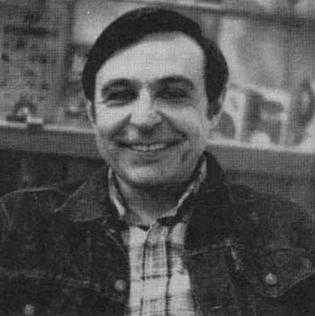
Ross Andru was an American comics artist and editor whose career in comics spanned six decades. He is best known for his work on The Amazing Spider-Man, Wonder Woman, The Flash, and The Metal Men, and for having co-created the character called The Punisher.

Richard Bache Ayers was an American comic book artist and cartoonist best known for his work as one of Jack Kirby's inkers during the late-1950s and 1960s period known as the Silver Age of Comics, including on some of the earliest issues of Marvel Comics' The Fantastic Four. He is the signature penciler of Marvel's World War II comic Sgt. Fury and his Howling Commandos, drawing it for a 10-year run, and he co-created Magazine Enterprises' 1950s Western-horror character the Ghost Rider, a version of which he would draw for Marvel in the 1960s.
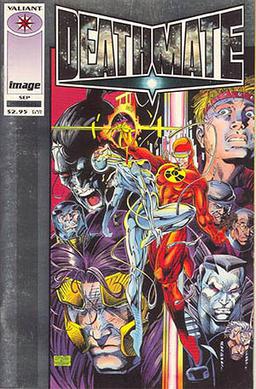
Deathmate is a six-part comic book crossover between Valiant Comics and Image Comics published in 1993–94. The series is remembered for its negative impact on comic book retailers and the industry as a whole due to its late, over-ordered but poorly-selling books.
Ralph Reese is an American artist who has illustrated for books, magazines, trading cards, comic books and comic strips, including a year drawing the Flash Gordon strip for King Features. Prolific from the 1960s to the 1990s, he is best known for his collaboration with Byron Preiss on the continuing feature "One Year Affair", serialized in the satiric magazine National Lampoon from 1973 to 1975 and then collected into a 1976 book.
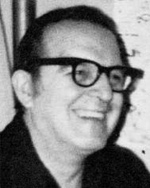
Charles Eber "Chic" Stone was an American comic book artist best known as one of Jack Kirby's Silver Age inkers, including his landmark run of Fantastic Four.

Vincent Colletta was an American comic book artist and art director best known as one of Jack Kirby's frequent inkers during the 1950s-1960s period called the Silver Age of comic books. This included some significant early issues of Marvel Comics' Fantastic Four, and a long, celebrated run on the character Thor in Journey into Mystery and The Mighty Thor.
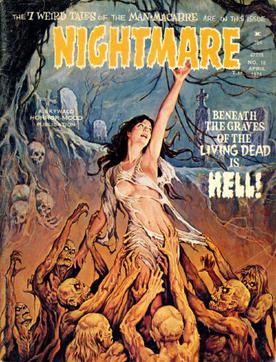
Skywald Publications was an American publisher of black-and-white comics magazines, primarily the horror anthologies Nightmare, Psycho, and Scream. It also published a small line of comic books and other genre magazines. Skywald's original comics were similar in appearance and quality to rival black-and-white publisher Warren Publishing, and even employed many of the same creators. Skywald operated from 1970 to 1975.

Gary Friedrich was an American comic book writer best known for his Silver Age stories for Marvel Comics' Sgt. Fury and his Howling Commandos and in the following era, the series The Monster of Frankenstein, as well as for cocreating the supernatural motorcyclist Ghost Rider and the supernatural hero the Son of Satan.

George D. Klein was an American comic book artist and cartoonist whose career stretched from the 1930s and 1940s' Golden Age of comic books until his death in 1969. He was best known as an inker for DC Comics, where he was an integral part of the Superman family of titles from 1955 to 1968, and for Marvel Comics, where he was the generally recognized, uncredited inker on Jack Kirby's pencil art for the landmark comic book The Fantastic Four #1.

Jack Abel was an American comic book artist best known as an inker for leading publishers DC Comics and Marvel Comics. He was DC's primary inker on the Superman titles in the late 1960s and early 1970s, and inked penciler Herb Trimpe's introduction of the popular superhero Wolverine in The Incredible Hulk #181. He sometimes used the pseudonym Gary Michaels.

Soloman Brodsky was an American comic book artist who, as Marvel Comics' Silver Age production manager, was one of the key architects of the small company's expansion to a major popular culture conglomerate. He later rose to vice president, operations; and vice president, special projects. "Sol was really my right-hand man for years", described Marvel editor and company patriarch Stan Lee.
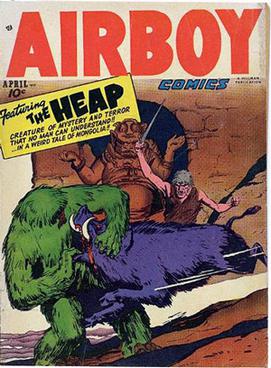
The Heap is the name of several fictional comic book muck-monsters, the original of which first appeared in Hillman Periodicals' Air Fighters Comics #3, during the period fans and historians call the Golden Age of Comic Books. The Heap was comics' first swamp monster.
Pablo Marcos Ortega, known professionally as Pablo Marcos, is a comic book artist and commercial illustrator best known as one of his home country Peru's leading cartoonists, and for his work on such popular American comics characters as Batman and Conan the Barbarian, particularly during the 1970s. His signature character was Marvel Comics' the Zombie, for which Marcos drew all but one story in the black-and-white horror-comics magazine Tales of the Zombie (1973–1975).
Solson Publications was a New York-based black-and-white comic book publisher active in the 1980s and revived for a short period in the late 1990s. The company was founded in 1985 by Gary Brodsky, the son of long-time Marvel Comics executive Sol Brodsky ; the name of the company was derived from Brodsky's name: "Sol's son" = Solson.
Rocco A. "Rocke" Mastroserio was an American comic book artist best known as a penciler and inker for Charlton Comics. He sometimes signed his work "Rocke M.," "RM," "Rocke," or "RAM."

Wayne Wright Howard was an American comic book artist. He is best known for his 1970s work at Charlton Comics. Although many other artists had signed their cover artwork, he became American comic books' first series creator known to be credited by the publisher on covers, with the horror anthology Midnight Tales announcing "Created by Wayne Howard" on each issue — "a declaration perhaps unique in the industry at the time".
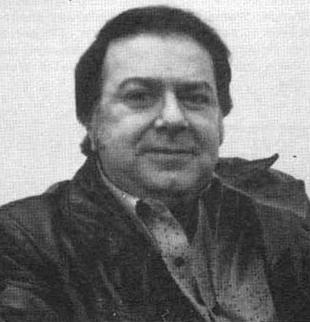
Michael "Mike" Esposito, who sometimes used the pseudonyms Mickey Demeo, Mickey Dee, Michael Dee, and Joe Gaudioso, was an American comic book artist whose work for DC Comics, Marvel Comics and others spanned the 1950s to the 2000s. As a comic book inker teamed with his childhood friend Ross Andru, he drew for such major titles as The Amazing Spider-Man and Wonder Woman. An Andru-Esposito drawing of Wonder Woman appears on a 2006 U.S. stamp.

Vicente Alcazar is a Spanish comics artist best known for his work for the American comic-book publishers DC Comics and Marvel Comics, including a 1970s run on the DC Western character Jonah Hex.

















